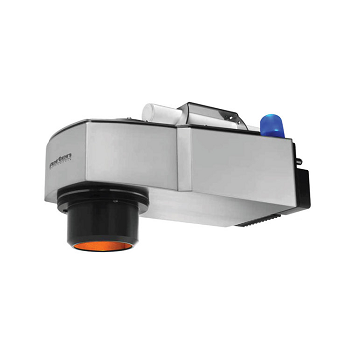Why test for moisture content in food?
Testing for moisture content in food is fundamental to its production.
It also has the potential to reduce waste by extending shelf life, thereby supporting the environment.
Moisture content in food influences its weight, texture, taste and appearance. For these reasons, different materials have defined standards.
Any deviation from those can affect the quality and consistency of foodstuffs.
Testing for moisture content is also important for meeting legal requirements in food labelling, establishing food’s dry weight, determining yield and knowing when a drying process has finished.
For producers and manufacturers in both the food and agricultural industries, knowing the moisture content of products is essential.
What are the effects of moisture on food?
Too little moisture in some substances will adversely affect end products. On the other hand, excess moisture can increase the rate of microbial growth which can lead to spoiled batches.
Also, too much moisture can hamper food processing systems, trapping food in pipes during production.
At the same time, water is a valuable ingredient. It is an inexpensive way of adding weight to food products.
Therefore, in most food production, there is an optimal analytical moisture value, requiring a careful balance between moisture and total solids.
Getting this right will ensure consistent and safe products. Protecting food quality helps drive profitability.
Water can be present in food in different forms.
In some situations, it is surrounded by other water molecules and this is known as free water. It is found on surface particles, narrow capillaries or systems of pores.
This happens in the complex cellular makeup of meat and dried fruit. This type of water content is adsorbed water, and it can bind itself to certain proteins.
These free water molecules are less likely to evaporate at higher temperatures and, because of the properties they adopt, they can make it difficult to measure moisture content in some foods accurately.
Modern testing methods include using a moisture meter and an NIR analyser.
Both methods provide rapid analysis of grains, pulses and other foodstuffs for moisture content.
The problem of food waste
Moisture testing can help reduce bacteria in food, which is a major cause of waste.
Food waste in the UK has become a serious issue, with the volume of waste food generated by retail, hospitality and in homes standing at around 9.5 million tonnes a year.
Billions of pounds are spent on growing, transporting and processing food, which then goes to waste.
This food waste uses up around 20 per cent of the water supply and 20 per cent of landfill volume.
It is also a significant drain on available cropland, and on fertiliser use.
On a global scale, food waste is a major contributor to climate change because around a third of greenhouse gas emissions come from food manufacturing and its supply.
Therefore, cutting waste could limit unnecessary production.
Extending the shelf life of food
Controlling food’s moisture content can make it last longer.
There are specified periods of time for different foodstuffs, within which they are safe for purchase and consumption.
During this shelf-life period, the food in question must be able to maintain its look, smell, feel and taste, along with other chemical and physical properties.
Afterwards, it is officially unsafe for consumption and fit only for disposal.
Water is essential for growth and metabolism, and supports chemical reactions in food products. Therefore reducing water activity in food can minimise its rate of deterioration.
Controlling moisture content will reduce the growth of bacteria and extend food preservation times.
This has the potential to reduce food waste by making products last longer.
Measuring and controlling moisture content
To control moisture content, you must measure, monitor and analyse it.
This can occur at various stages of food processing and manufacturing, depending on the product.
For example, the Perten DA 7440 above-line NIR analyser will test food for moisture as part of a conveyor production process, automatically controlling and optimising moisture content.
This is a fast, efficient real-time method of measuring moisture.
Other moisture-measuring applications include in-line testing instruments, which also measure and monitor processes in real-time, to enable accurate optimisation.
Why moisture content is critical
Food production is competitive and can be costly.
There is also an ongoing cost to the environment of food waste.
Moisture testing performs a vital quality control function in food production, but it is also a critical component in food process and product optimisation.
For more information about food testing equipment, please call us on +44 (0) 1925 860 401, email info@calibrecontrol.com, or fill in our online contact form.



